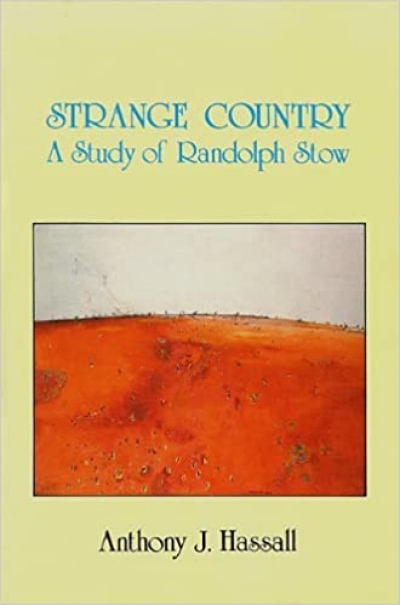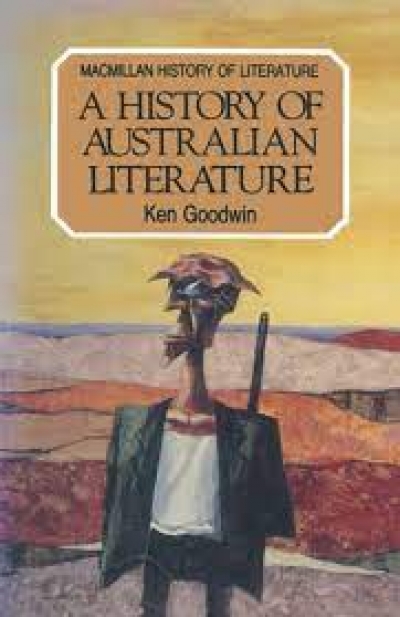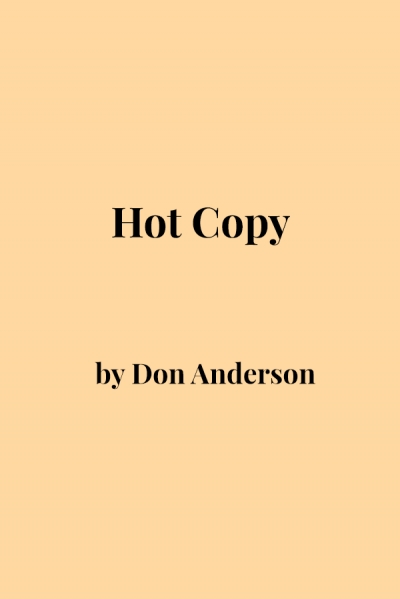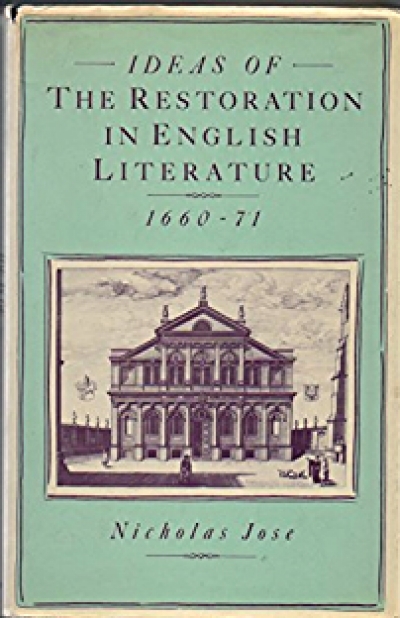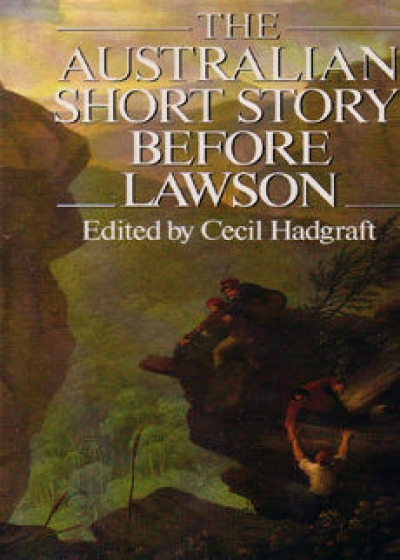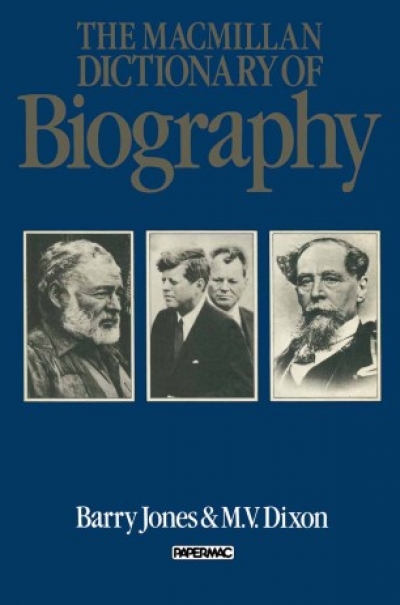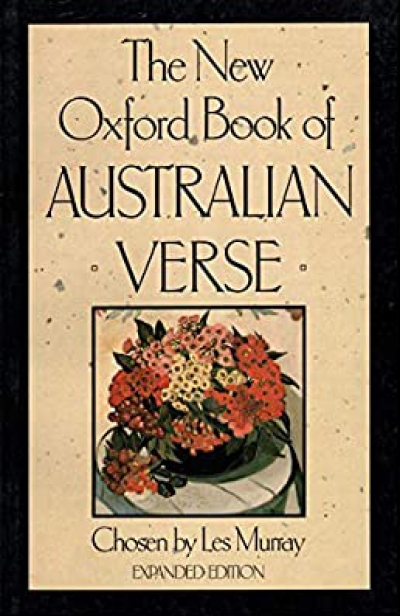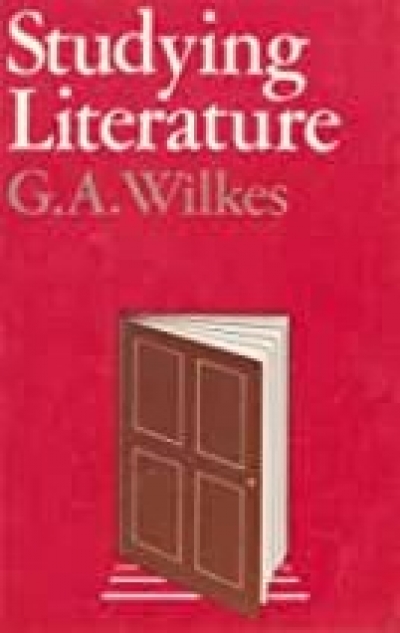Literary Studies
Strange Country: A study of Randolph Stow by Anthony J. Hassall
by Ludmilla Forsyth •
Twentieth Century Australian Poetry edited by Yasuko Claremont
by Hiroshi Ito •
Ideas of The Restoration In English Literature, 1660–71 by Nicholas Jose
by Evan Jones •
The Australian Short Story Before Lawson edited by Cecil Hadgraft
by Mary Lord •
The Macmillan Dictionary of Biography by Barry Jones and M.V. Dixon
by Kevin Childs •
The New Oxford Book of Australian Verse edited by Les A. Murray
by Michael Heyward •
English Prose Fiction 1158–1700: A Critical History by Paul Salzman
by Tim Nelson •

